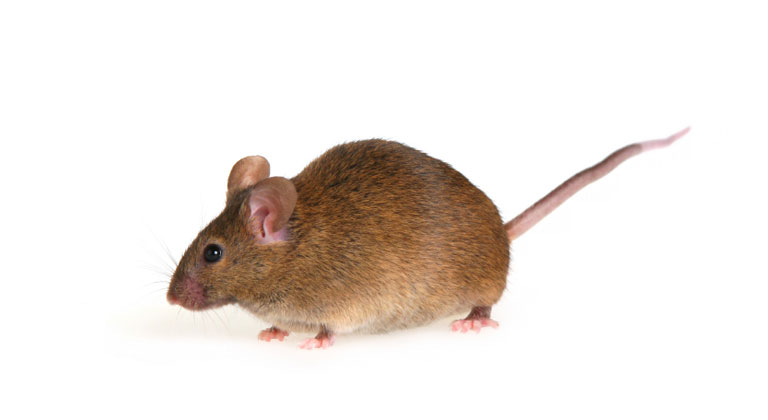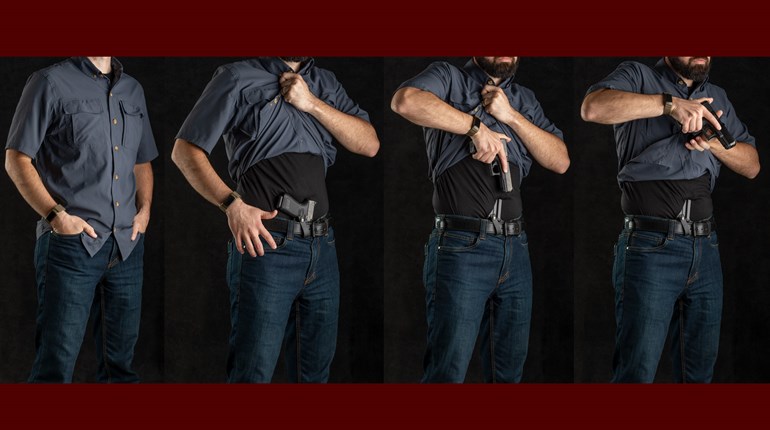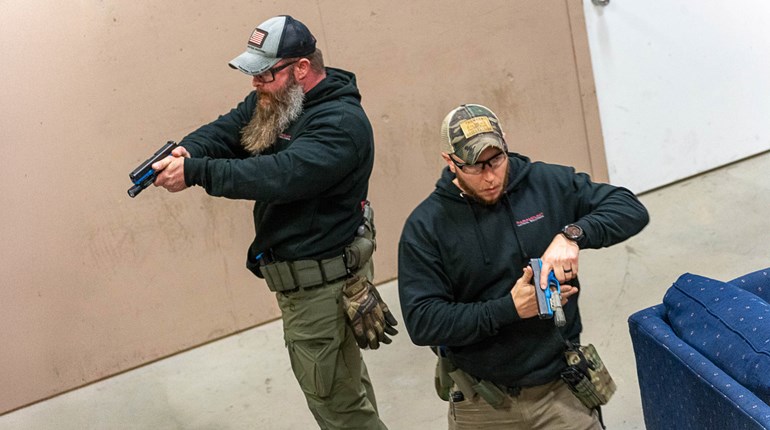
I suppose that everyone who is interested in personal defense has heard the above comment or seen it in print. It is one of the jokes going around about pocket pistols. Here’s another one. Someone once showed Texas Ranger Captain A.Y. Allee their little pocket pistol and he said, “If you ever shot anyone with that, and they found out about it, they’re going to be really mad.”
Now that we have the jokes out of the way, let’s take a serious look at the so-called “mouse guns” for defense. Mouse guns are generally defined as those small pistols that are chambered for calibers that are lighter and less powerful than the 9mm, like the .22 LR, .32 ACP and .380 ACP.
Their use for personal defense comes into question for several reasons. To begin with, they are more difficult to shoot accurately. The defensive shooter owes it to his family and others around him to deliver defensive shots as accurately as possible. Under the stress of a violent criminal attack, it is tough enough to deliver accurate shots with a full-size handgun. Using a small pistol just compounds that problem.
Another criticism of small defensive handguns is that they lack the power to stop a criminal attack very quickly. Any handgun cartridge is capable of killing a person…but that should not be the goal of the defensive shooter. We shoot to stop an attack—and to stop it right now! Therefore we need a handgun and cartridge combination that has the power to penetrate into the vital zone. That pistol must also have the power to cause the bullet to expand and further impact the vitals, causing a cessation to aggression as quickly as possible.
For these reasons, it is always a good idea for the defensive shooter to carry the largest handgun, in the largest caliber, that she can shoot accurately, shoot quickly, and conceal properly. Some folks may have health issues that cause them to only be able to handle a .22 caliber pistol. If that’s the best that they can do, then that is what they need to be practicing and training with.
However, there are other factors that make carrying a larger defensive handgun difficult. Warm weather may dictate that we go about our business in shirt sleeves, or other light clothing, making it hard to hide that big gun. Wearing a sports coat to the beach in August, in order to hide your Glock 17, is probably a good way to attract a lot of unwanted attention. And, when your attire is a t-shirt and shorts, you are just limited as to the size of the handgun that you can carry.
The key is to learn to dress around your defensive handgun. You don’t dress in what you consider the proper style and then try to figure out how your pistol can be concealed. You begin by determining that your pistol will be concealed and figure out what clothes to put on to make that happen. Using this approach, one can minimize the times that one will have to resort to a small pocket pistol for personal defense.
Simply deciding to carry a small pistol because you don’t think you will get into any trouble today is just one step away from leaving your pistol at home because you think there won’t be a problem. Folks who take that attitude are just playing at personal defense. You simply need to read some of the stories in the NRA’s Armed Citizen column to realize that we can’t predict when that violent criminal attack will come.
So, the bottom line is that carrying a so-called mouse gun is way better than being unarmed. We simply must approach this whole business of personal defense realistically and try to find ways that we can minimize the times that we rely on a small handgun. And we should understand that it is important to practice with it until we can deliver a fight-stopping hit, however many hits that might take.
So when you have to carry that little pistol, just go ahead and do so. It is far better than trying to fight an armed attacker with your fists. (Oh, and keep right on laughing at the various mouse gun jokes, too.)







































